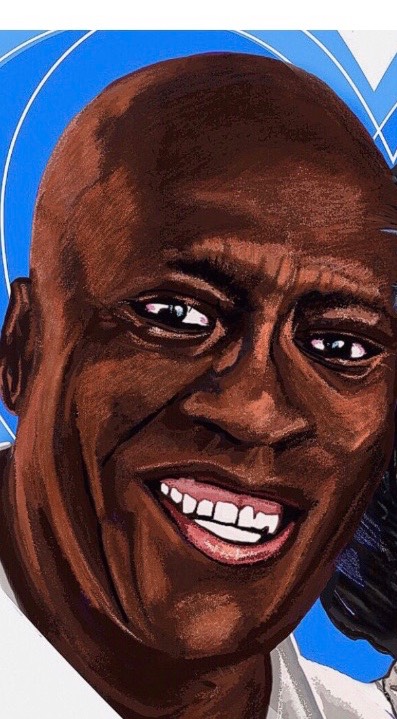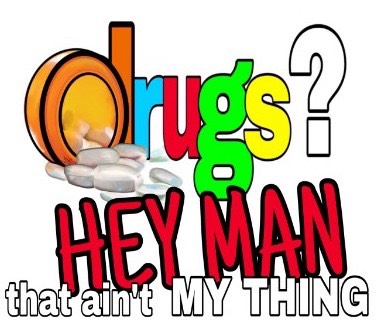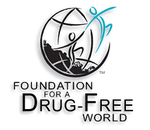What Is Flakka?
Flakka is a relatively new synthetic designer drug that is gaining increased popularity, particularly in Florida, Texas, and Ohio. This man-made stimulant can also commonly be referred to as "gravel" on the street due to its white, crystal-like chunks.
Flakka belongs to a group of synthetic drugs known as synthetic cathinone’s. The synthetic stimulant compound contained in Flakka is known as alpha-pyrrolidinovalerophenone (?-PVP).The drug action of alpha-PVP is similar to that of cocaine, and in 2014 it was banned and labeled as a Schedule I controlled substance by the Drug Enforcement Administration (DEA).
Flakka is a highly potent synthetic stimulant. It can be:https://drugabuse.com/addiction/snorting-sniffing-drug-abuse/
· Smoked.
· Snorted.
· Swallowed.
It is also possible for Flakka to be put into an e-cigarette and vaped. The effects of the drug can last as little as just a few hours, but it can also linger on for several days.
Treatment for Flakka Abuse
Individuals seeking treatment for flakka abuse would be well advised to consult with an addiction medicine physician in order to develop a plan of managing potential withdrawal symptoms. The use of a formal physician-assisted withdrawal management program is highly recommended due to the potential that an individual who has abused the drug for a significant period of time has developed physical dependence on it. Physicians supervising these cases will typically administer benzodiazepines and other medications as needed to control withdrawal symptoms. As the individual progresses, the dosage of benzodiazepines will be slowly tapered down to allow the individual to be weaned off the drug and to get through the withdrawal process successfully.
The cornerstone of any recovery program is substance use disorder therapy. Simply discontinuing use of the drug, navigating the withdrawal process, and then moving forward without a formal treatment plan is not a productive way to approach recovery from a substance use disorder. Substance use disorder therapy helps the individual understand the driving forces behind their issues, learn new coping skills, and develop strategies for long-term relapse prevention.
In addition, individuals in recovery should attempt to gather as much support from others as possible. Obviously, support from family members and friends is crucial, but attendance at support groups, like 12-Step groups, can be particularly useful. Twelve-Step groups offer the individual a formalized plan of recovery that is compatible with substance use disorder therapy as well as the option for long-term involvement in a structured recovery program.
Finally, individuals in recovery need to ensure that any other mental health issues are addressed along with their substance abuse. It has long been recognized that these co-occurring issues must be treated alongside the person’s substance abuse problem in order for recovery to be successful. Simply ignoring or putting off treatment for issues, such as major depression, an anxiety disorder, a personality disorder, etc., and attempting to only focus on the substance abuse is an incomplete approach to treatment and doomed to fail. The most successful approach to treatment addresses the individual as a whole person, effectively focusing on all co-occurring disorders.
Abuse of Flakka
Observational research on humans also suggests that abuse of these drugs results in the development of a number of symptoms associated with substance use disorders, such as severe cravings, a loss of control over using the drug, and the development of physical dependence. The same research has suggested that the withdrawal process from synthetic cathinone’s is associated with:
· Depression that is often the result of a severe crash
· Issues with anxiety
· Issues with sleep
· Sweating, increased heartbeat, and tremors
· The development of suspiciousness or paranoia
· The development of psychosis
Anyone undergoing withdrawal from flakka will experience strong desires or cravings to use the drug. There are currently no medications that are specifically designed to treat withdrawal symptoms associated with flakka abuse. One would suspect that benzodiazepines would be helpful in treating anxiety and any potential seizures, and other drugs used in the treatment of the withdrawal process would be targeted at specific symptoms.
Treatment for a substance use disorder as a result of flakka abuse would follow the standard blueprint of initial withdrawal management assistance, the implementation of substance use disorder therapy, social support groups, the use of other therapeutic interventions like family therapy, and other treatment supports as warranted in the individual situation.
Dangers of Flakka
Flakka is an extremely dangerous, very scary, highly addictive drug.
Users can get a feeling of euphoria and a heightened sense of awareness. They can also experience super human strength.
Flakka heats up body temperature (105 degrees and higher) and elevates blood pressure to dangerous levels potentially causing a stroke or heart attack. In addition, flakka can cause severe kidney damage.
Flakka has been linked to very violent, frenzied attacks. In 2012, a stripped naked Miami, Florida man, high on flakka chewed the face and eyeball off a homeless man. When told to stop by police the flakka attacker growled like an animal. The police officer was forced to shoot the flakka attacker 4 times to stop him.




